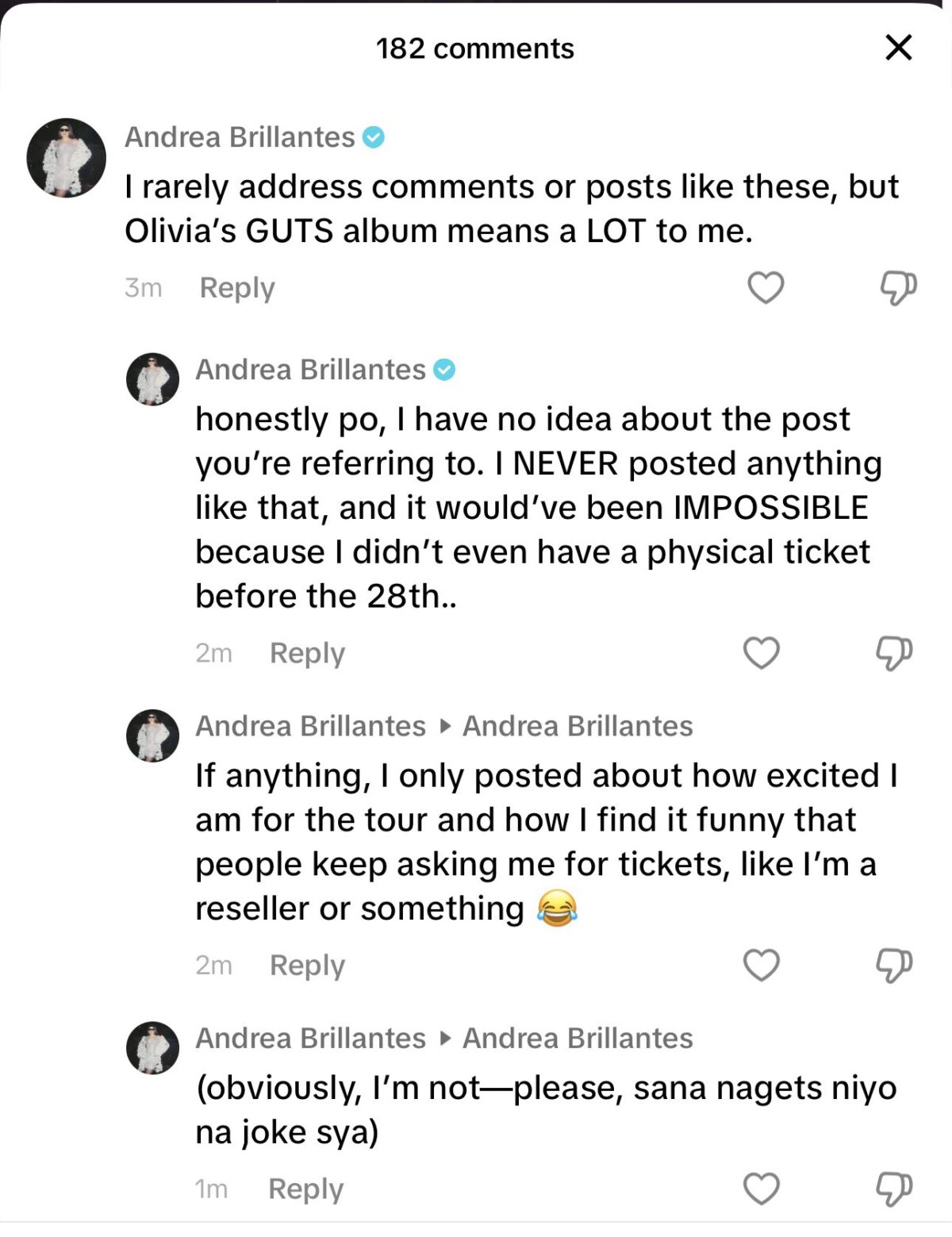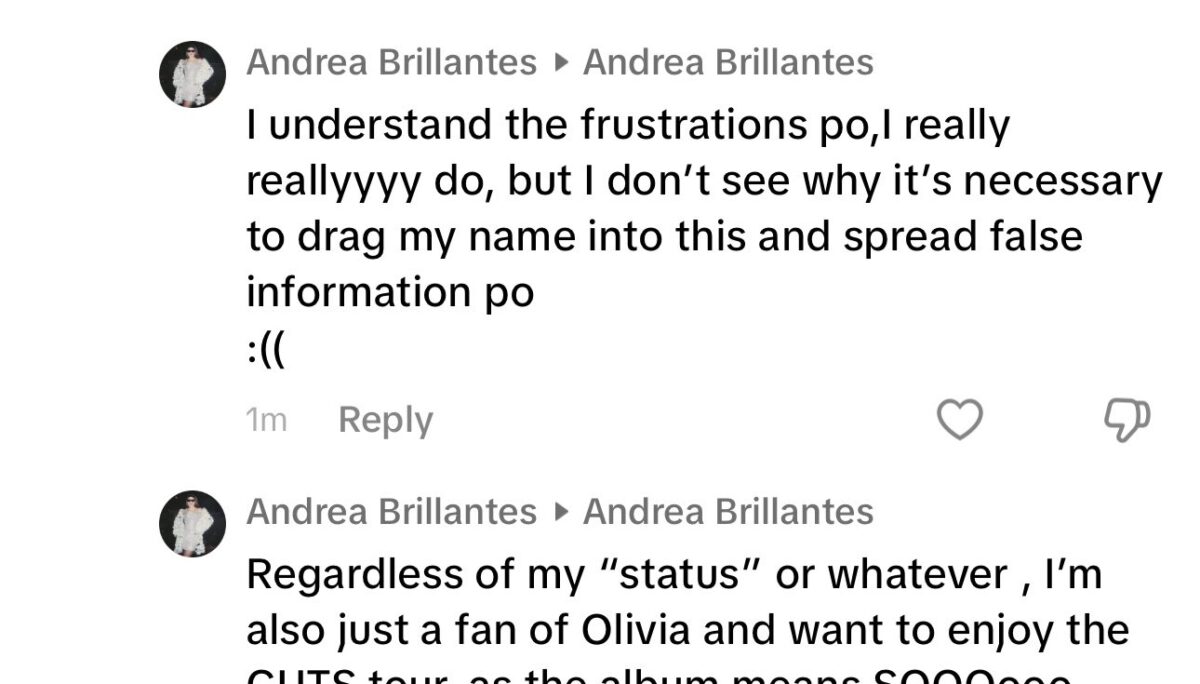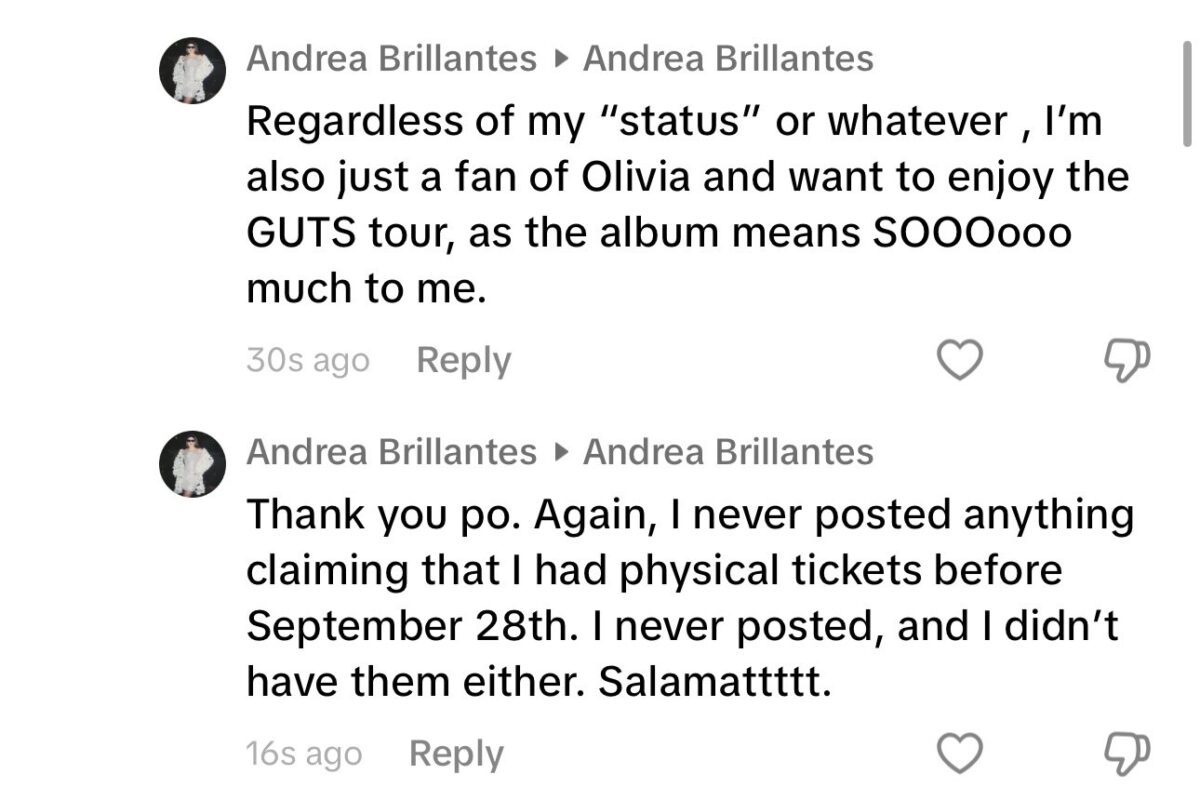How to deal with a body image downward spiral

It happens to all of us. You see a photo of yourself or your reflection in a store window and don’t like what you see.
You’re getting ready for an event and hate how your clothes look on you.
You see someone you haven’t seen for ages, and they’ve lost weight (or simply look more “put together” than you feel).
You feel socially awkward or otherwise out of place, and are instantly sure that if your body was smaller you would feel more confident.
You’re in a body image spiral, and you’re in danger of circling the drain.
If you’ve ever heard the phrase, “Comparison is the thief of joy,” that may resonate with you when you think about those moments that are like a gut punch to your body image.
When something triggers a downward spiral, what can you do?
Compassionate self-talk
Having a phrase you say to yourself in those moments can be helpful. For example:
- “Yep, that’s my body, and in that instant, that’s how it looked. I do wish it looked different, but it’s MY body and it’s carried me through my life so far and will keep doing so.”
- “I’m grateful that I have this body, even I feel conflicted about its appearance. I know I’m far from alone in experiencing body dissatisfaction, and society has a lot to do with that. After all, I wasn’t BORN feeling this way about my body.”
- “Ouch. The way I’m feeling about my body right now hurts. But this too shall pass, and I’m not going to let negative thoughts take up space in my head and get in the way of going out/engaging with others/living my life.”
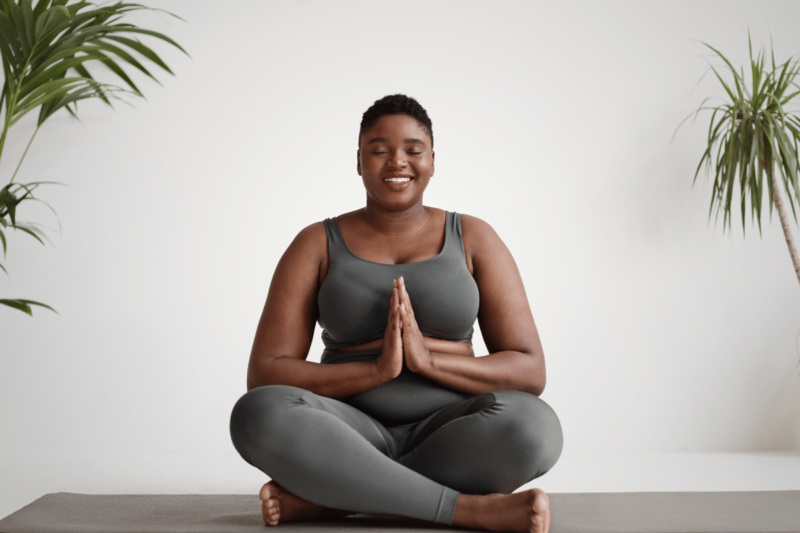
Shifting the lens
It can also help to reorient your connection to your body. When you experience a body image disruption, you almost always feel bad ABOUT your body. An antidote to that is to bet back INTO your body.
For example, when your negative feelings about your body or appearance stem from seeing your image or your reflection, or from comparing how you look to how someone else looks, you’re focusing the lens on yourself from the outside. You’re self-objectifying yourself.
When you bring yourself back into your body, you’re shifting your lens so it’s inside looking out. You are embodied and engaging with the world again. A few things that may help with positive embodiment:
- Meditation. Meditating while using the feeling of your body breathing, or of your body where it makes contact with your seat/cushion/the floor, as an anchor point for your attention can help in a few ways. It can make it easier to unhook from unhelpful thoughts, it can bring you back into the present moment, and it can center your experience IN your body.
- Grounding exercises. Lay on the floor or ground (maybe on a blanket on your lawn), or sit in in a chair with your feet flat on the floor and your knees bent at 90 degrees (yes, that mattters) and notice your body breathing as you also feel where you make contact with the floor. Imagine the ground supporting you and sending you energy as your body “roots” into the ground.
- Go for a walk. Bonus if you can do this in a park, a leafy neighborhood, or other green space. The combination of nature, movement, and feeling your feet on the ground can be both grounding and good for mental health.
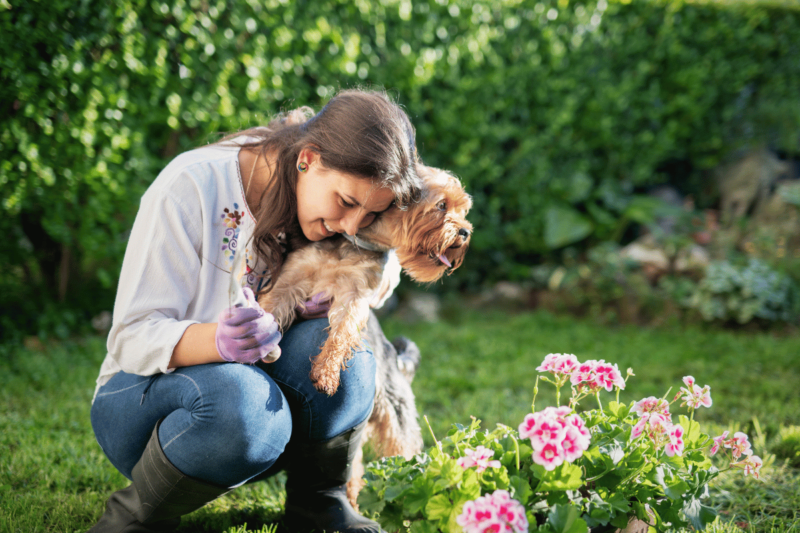
Emergency self-care
There are five domains of self-compassion and self-care. Some of the items listed could serve as “emergency self-care” when you’re in a downward body image spiral. Others are a longer-term investment that can help prevent future spirals.
Physical self-compassion: Soothing or comforting your body when you’re under stress
- Take a nap
- Eat nourishing food
- Go for a walk
- Do some yoga
- Take a warm bath or shower
- Pet a dog or cat
- Soak up some sun
- Get a massage
- Take a vacation
Emotional self-compassion: Treating yourself to intrinsically enjoyable activities (i.e., not activities that feel like work)
- Listening to music
- Reading a novel
- Working in the garden
- Riding a bike
- Going to a movie
- Cooking a delicious meal
- Going to church
- Taking a vacation
Mental self-compassion: Learning to “hold your thoughts lightly”
Relationship self-compassion: Connecting with others. Isolation can escalate low moods or anxiety
Spiritual self-compassion: Taking the time to cultivate the values that are important to you

The benefit of perspective
It’s easy to see a friend or family member who lost weight and think, “Well, THEY did it, what’s my problem?” The reality is that we don’t really know what someone did to lose weight (unless they tell us in excruciating detail, which is painful in another way, as in painfully awkward, unwelcome and tedious)
Also, it’s likely they will regain some or all of the weight, not through any fault of their own, but because that’s what happens in the majority of cases of intentional weight loss.
If you’re noticing thoughts or feelings around being less-than-worthy, that might be something to explore. Are those feelings related to not living up to some idealized appearance standards, or are they tied to the idea that you’re lazy, and that if you only worked harder, your body and/or appearance would be “better”?
Consider this: There’s nothing wrong with caring about our appearance (there’s also nothing wrong with simply not caring). If you do care about your appearance, and the investments in your appearance are adaptive — they’re safe and contribute to positive body image — that’s good self-care. But if they’re maladaptive, then they can cause harm.
Examples of adaptive investments in appearance include basic grooming, choosing clothes you like and feel good in, and maybe things such as coloring your hair, shaving, or painting your nails. Examples of maladaptive investments include dieting, obsessively exercising, wearing clothes that make you uncomfortable (because you think they make you look thinner or otherwise “fit in”), spending money on beauty care practices that you can’t really afford, and in many cases, plastic surgery.
The bottom line is that your worth is not tied to appearance, weight or how “fit” you are. Maybe you need to remind yourself of the ways you bring value to the world, whether that’s via your family, your job, volunteer work, your creativity, or how you care for pets or the environment (birds, bees, plants, soil, water).
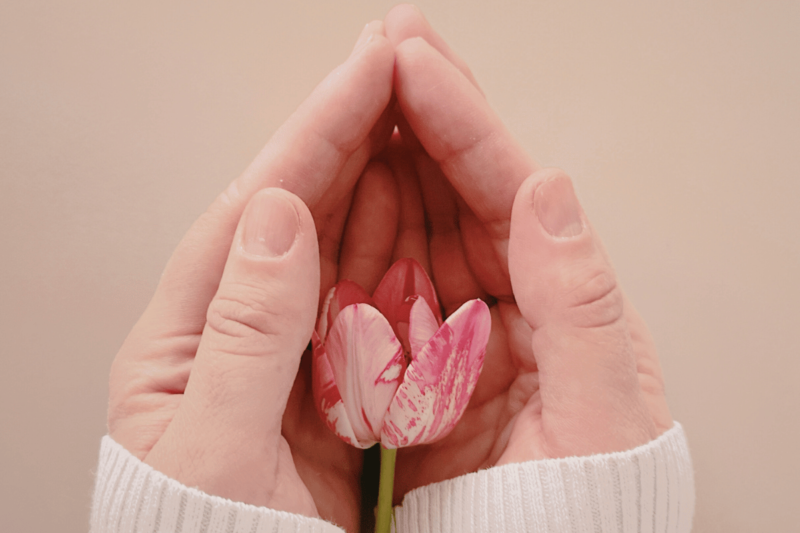
Have a talk with your inner critical voice
Why do we have critical, nasty voices inside our heads that lash out at us for not being perfect, for making foolish blunders, for the appearance of our bodies? Why do we not treat ourselves with the same love and respect we give to others? The critical voice is fear talking. It’s the mind’s way of attempting to protect us and keep us safe when the world is harsh. When events happen that cause you to suffer, your internal critic may put the blame on you.
What is one statement that your critical voice likes to repeat to you? What is it afraid of?
Speaking compassionately to our critical voice (“I know you’re afraid, and I know you’re trying to help, but I want you to understand that you aren’t actually helping”) and to yourself (“Wow, it really hurts when my critical voice starts yelling”) can be helpful.
Dear critical voice, my fearful child, what do you really want? How would you feel, scared part of me, if I could do/be what you want?
You may have to get curious and dig deep to discover the true want. In other words, the true want is not to be thinner, dress better, or be more attractive. It’s more likely to be something like to belong, to be loved, to be competent, to be safe. There’s a list of basic human needs below.
When you identify that want, that basic need, that life-enhancing quality, then you have something to work with directly. And that will help you find more body peace and quiet your critical voice.

Basic Human Needs
Autonomy
- choice
- freedom
- independence
- space
- spontaneity
Connection
- acceptance
- affection
- appreciation
- belonging
- cooperation
- communication
- closeness
- community
- companionship
- compassion
- consideration
- consistency
- empathy
- inclusion
- intimacy
- love
- mutuality
- nurturing
- respect/self-respect
- safety
- security
- stability
- support
- to know and be known
- to see and be seen
- to understand and be understood
- trust
- warmth
Honesty
- authenticity
- integrity
- presence
Meaning
- awareness
- celebration of life
- challenge
- clarity
- competence
- consciousness
- contribution
- creativity
- discovery
- efficacy
- effectiveness
- growth
- hope
- learning
- mourning
- participation
- purpose
- self-expression
- stimulation
- to matter
- understanding
Peace
- beauty
- communion
- ease
- equality
- harmony
- inspiration
- order
Physical well-being
- air
- food
- movement/exercise
- rest/sleep
- sexual expression
- safety
- shelter
- touch
- water
Play
Carrie Dennett, MPH, RDN, is a Pacific Northwest-based registered dietitian nutritionist, journalist, intuitive eating counselor, author, and speaker. Her superpowers include busting nutrition myths and empowering women to feel better in their bodies and make food choices that support pleasure, nutrition and health. This post is for informational purposes only and does not constitute individualized nutrition or medical advice.
Seeking 1-on-1 nutrition counseling? Learn more about her Food & Body, IBS management, and nutrition counseling programs, and book a free intro call to see if the program is a good fit, and if we’re a good fit!
Want exclusive content on nutrition, health, diet culture and more, plus critiques of nutrition and health journalism? Subscribe to my Food Noise newsletter! 📣
 Print This Post
Print This Post










